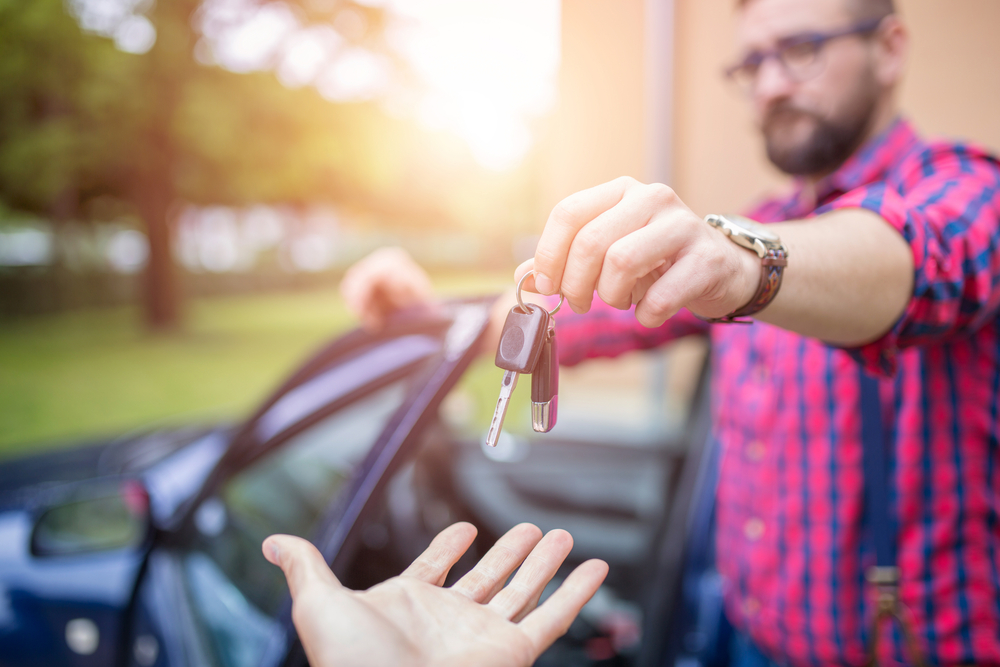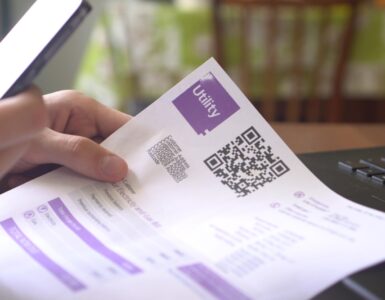But before you decide to go car-free, you must take certain things into consideration.
Contrary to popular belief, having a car in this day and age isn’t an absolute necessity. You can still get around without your own set of wheels thanks to public transportation, bicycles, and your own two feet.
While ditching your car for other means of transportation may have an immediate positive impact on your finances, you’ll have to make the decision carefully. If you don’t, you could make life harder on yourself, while barely saving much money in the process.
The High Cost of Owning a Car
Why might you want to opt for a car-free life? Because cars can be quite costly to own.
Sure, you have your car payment that can take a nice chunk out of your paycheck. But that’s not the only expense that comes with having your own automobile.
In 2018, the U.S. Bureau of Transportation Statistics found that owning a car cost nearly $9,000. That’s not for the entire year, either. It’s just for every 15,000 miles. In other words, if you drove more than that in 2018, your car may have cost you even more.
What does that $9,000 include? Not the car payment, nor parking fees or tolls. Instead, people spent $9,000 on average every 15,000 miles on:
- Depreciation
- Finance charges
- Fuel
- Insurance
- License fees
- Maintenance
- Registration
- Taxes
- Tires
What was the average car payment in 2018? According to Experian, it was $523. Add that to the $9,000 above, and you’re looking at an average yearly cost of $15,300 to own a car.
Now that you see how owning a car can be so costly, let’s look at what you must consider before deciding to go car-free.
The Side Effects of Getting Rid of Your Car
Here are several points you’ll have to consider when making the jump to becoming car-free:
1. Public transportation costs
The local bus, train, subway, or shuttle probably won’t take you from point A to B for free. You’ll still incur a cost here, so do your research and calculate how much public transportation would cost per month.
2. Alternate transportation costs
If you skip public transportation for something of your own, such as a bike, motorcycle, scooter, or walking, you’ll have to calculate that cost too.
Cars aren’t the only forms of transportation that require maintenance, so find the average figure per year and include that in your calculations.
A hidden cost you may forget to include is what happens when the weather is terrible. You probably won’t want to walk in a downpour or snowstorm, nor will you want to ride your bike, motorcycle, or scooter.
As such, you’ll rely on something else to get you where you need to be. Whether that’s public transportation or a rideshare service like Uber or Lyft, you’ll have to remember that cost as well.
3. Delivery costs
A car is convenient for shopping and hauling groceries and other products around town. What will you use when you go food shopping? If you have a big family, your alternate form of transportation may not cut it. You may have to call a rideshare service, and that’s another cost you’ll have to include.
The Final Comparison
Once you calculate the costs of owning a car versus the alternative, think long and hard about what your best move will be. Don’t forget the convenience of having a car in this calculation, as the last thing you want to have happen is to regret your decision when it’s too late.




